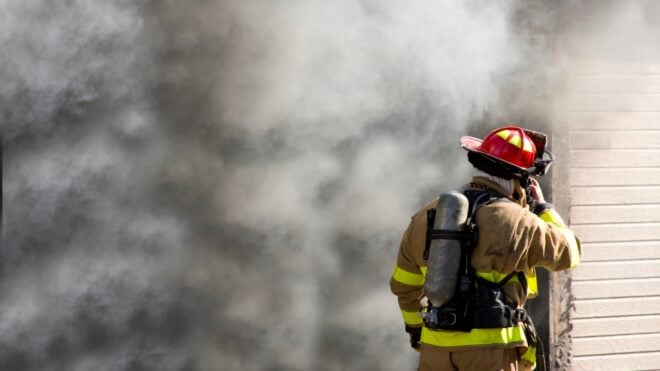These days, there are fewer and fewer people left who remember the Great Depression firsthand, but it still looms large in public memory.
After all, a 100-year-old woman today would have been just 13 years old when the stock market crashed in 1929, but the stories of the hardship and fear of that long decade of deprivation still resonate decades later.
Maybe it comes off living in the wake of the Great Recession of 2008, but we’re more fascinated than ever in the details of the lifestyles led by people of all walks during the 1930s.
We come back to the stories again and again, curious to hear the details of the scrappy, tough souls surviving the Dust Bowl and the crash, and absorbed in the rare color photos that still survive from that long-ago moment in our national history.
In fact, the photographic record of that time is so rich and robust that it helps to bolster our impressions of a time in history that most of us did not live through.
That said, there are some gaps left in that record, including a number of literal gaps, mysterious holes that appear in many of the surviving photos of that time…
[H/T: Mashable]
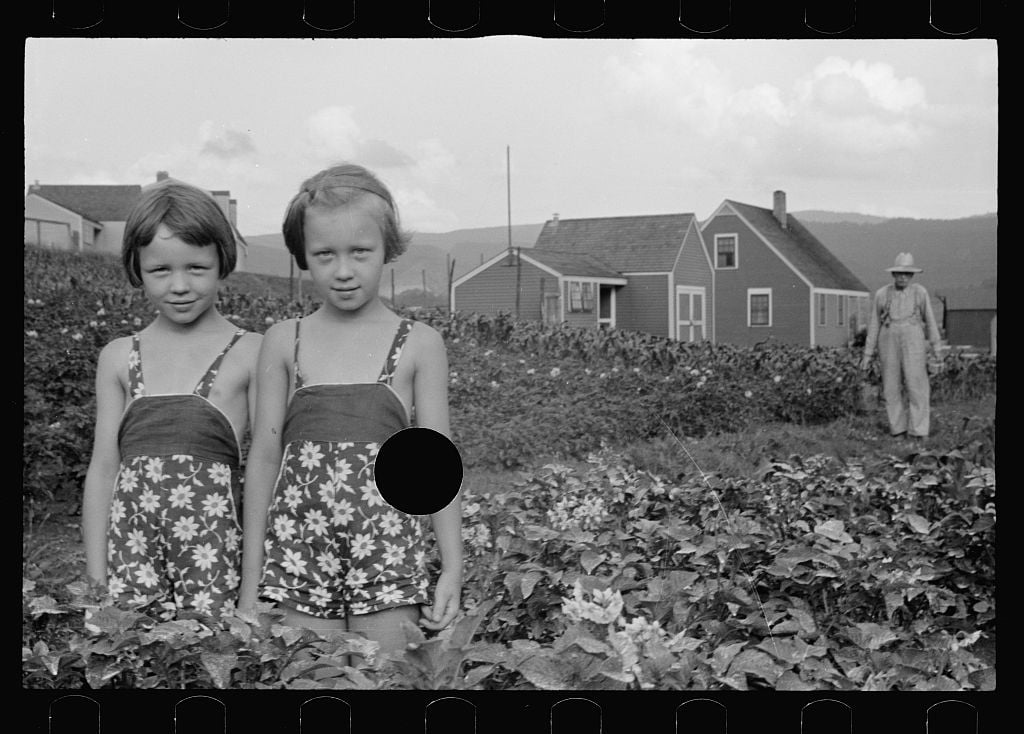
The “holes in the story” are just one piece of history, but they describe an incredibly fascinating piece of the American mindset during the Great Depression.
More specifically, they describe the mindset of one man, Roy Stryker, and his attempt to tell a particular story to the nation as a whole.
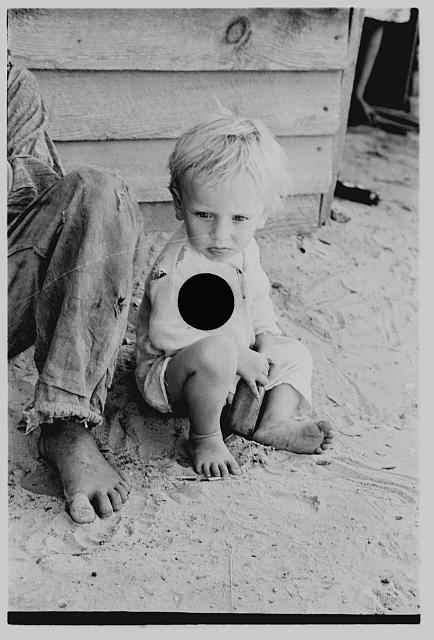
If the holes in the images appear to resemble the perfectly round voids left behind by a hole punch, it’s because that’s exactly what they are.
Roy Stryker was not a man to suffer imperfections, and he was known for ruthlessly “killing” photographic negatives he did not like by punching a hole through the original.
In the process, he created a fascinating sub-narrative to the history of the Great Depression.
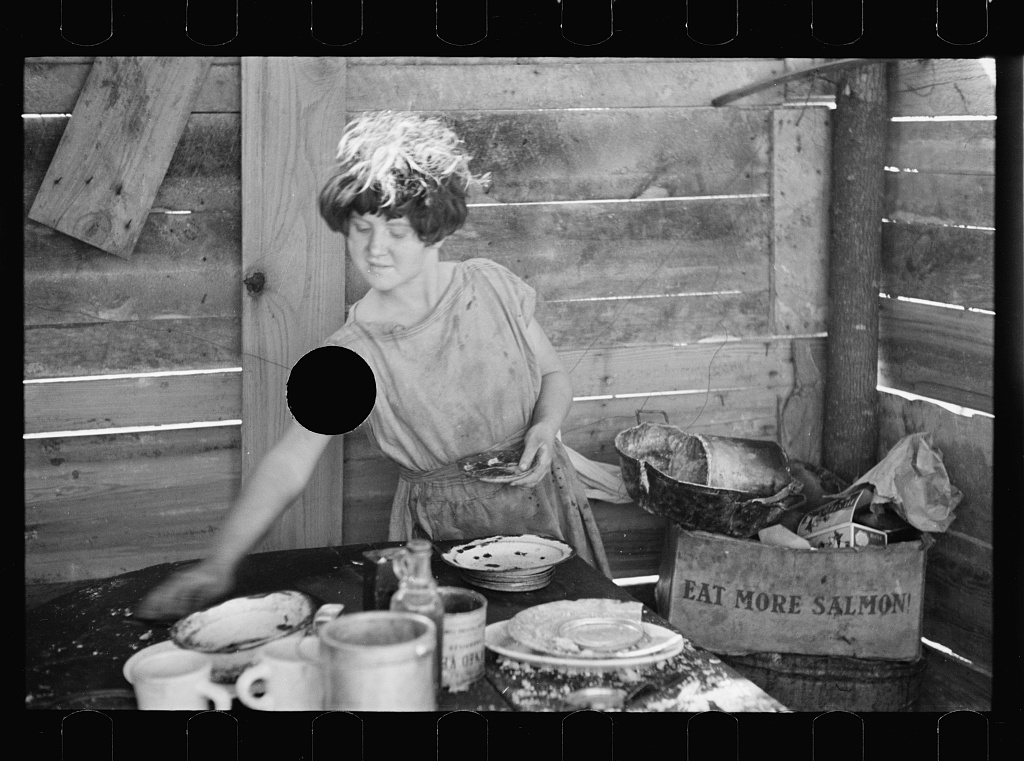
Roy Stryker was a man who wore many hats. He served in the Army, he was a photographer, and he was an economists.
When the stock market crashed, and Franklin D. Roosevelt began an attempt to reboot the economy with New Deal programs, Stryker’s blend of civic, financial, and creative interests made him uniquely suited to the task.

In 1935, FDR sought to improve rural poverty by establishing the Resettlement Administration, later the Farm Security Administration, to buy back depleted farmland and resettle the indigent farmers unable to scrape out a living on the land any longer.
Today, the most remarkable legacy of the FSA is an incredible catalog of photos detailing rural poverty in the 1930s.

Stryker and his contemporaries saw it as their duty to document what was happening in America’s heartland, and Stryker, in particular, took that duty seriously.
As the head of FSA’s Information Division, Stryker hired a cadre of photographers and sent them out to capture images of that reality.
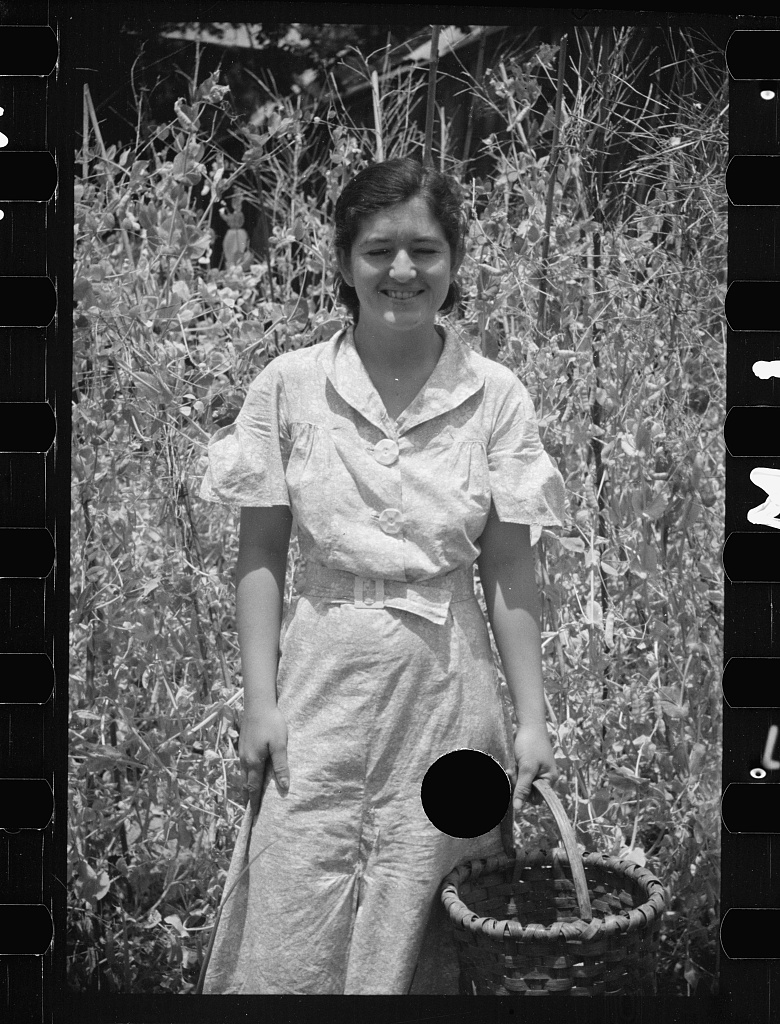
Many of these photographers, including Walker Evans and Dorothea Lange, became famous from this work, known for raw and gripping portraits of the fall of the American farmer.
Stryker, however, was at least as responsible for the images as his photographers, because of his ruthless editorial efficiency.
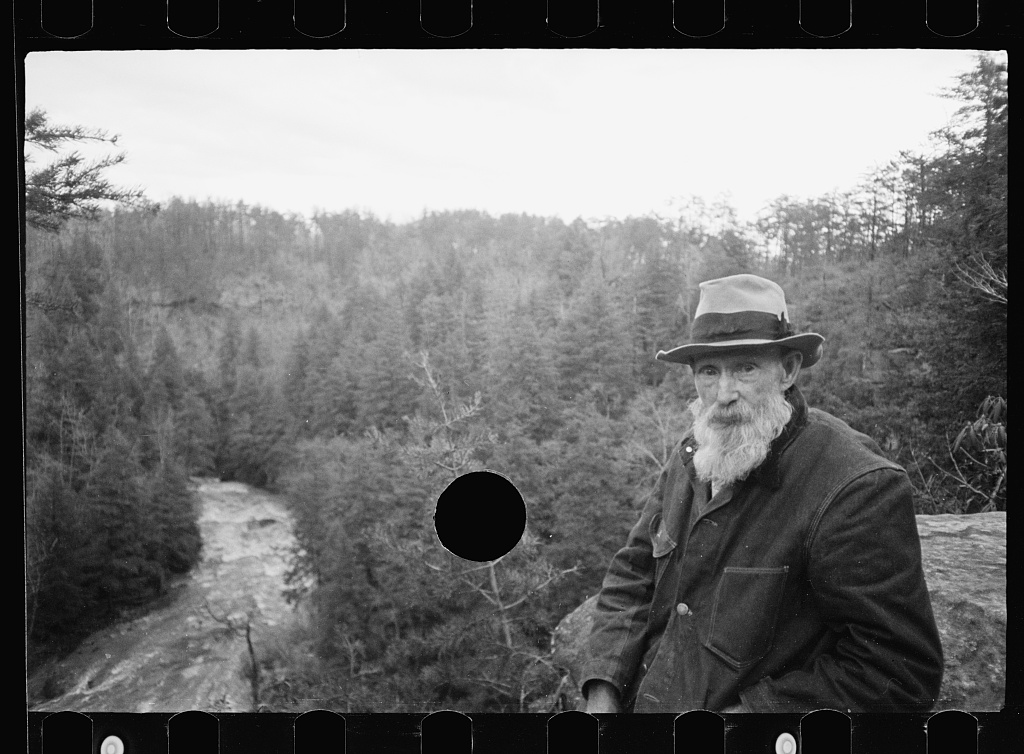
He briefed his photographers and sent them out on assignment to capture the truth.
He expected and demanded excellence from his employees, and wasn’t afraid to remove whatever didn’t meet his standards.
When he judged an image subpar, he pulled out the trusty hole punch and “killed” the negative, so that it couldn’t be duplicated.
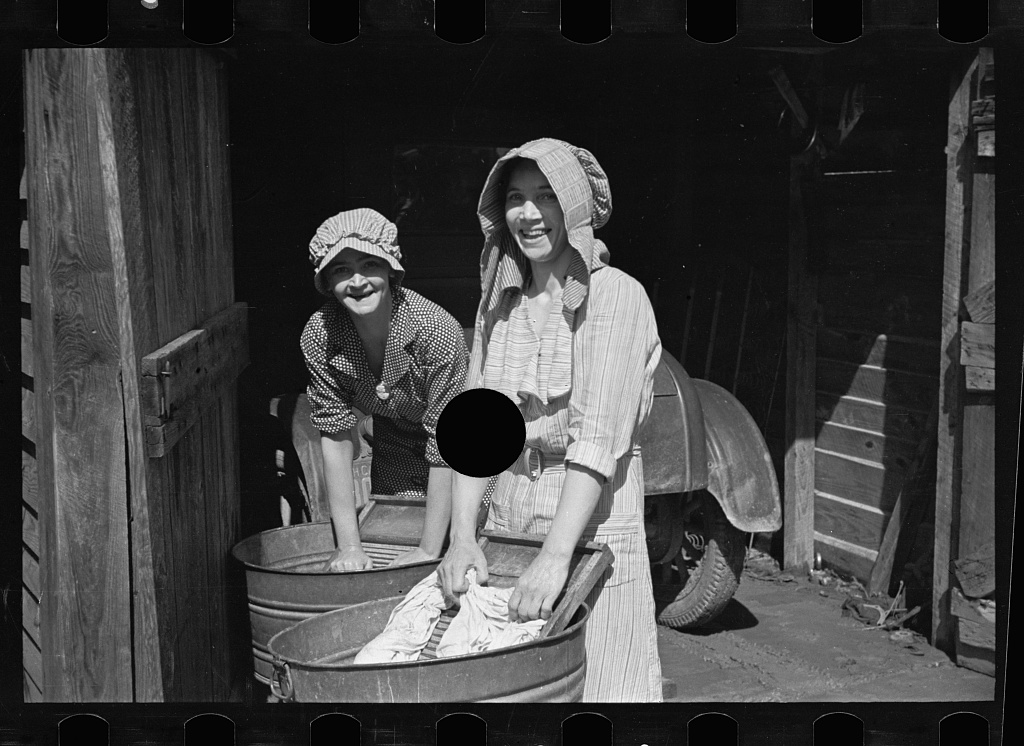
In the process, he created two histories of rural poverty during the Great Depression.
On one side, there’s the bleak and austere story the FSA told to the public at the time, and on the other, there’s the very authentic, but less photogenic side of the time, of people looking away from the camera, playing with children, and laughing even in desperate times.
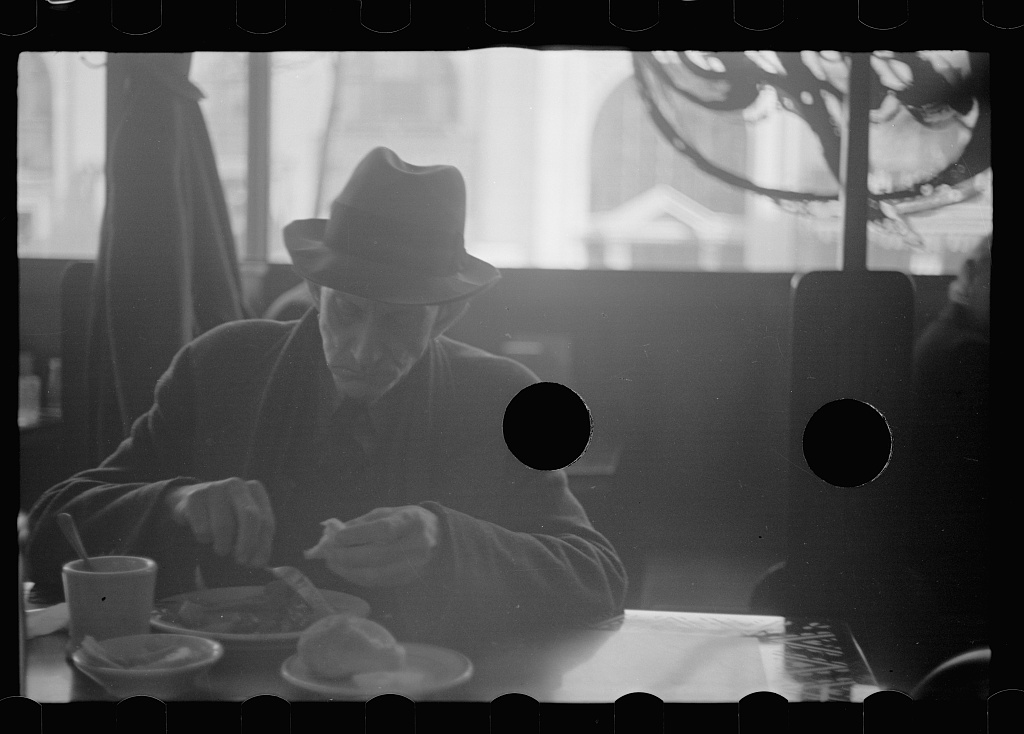
Together, the two sets of photos help to illustrate the duality in everything.
The “dead” photos may not be as beautiful and raw as the famous images we all know, but they are no less an authentic record of what America was like for the people scrapping to survive in the 1930s.
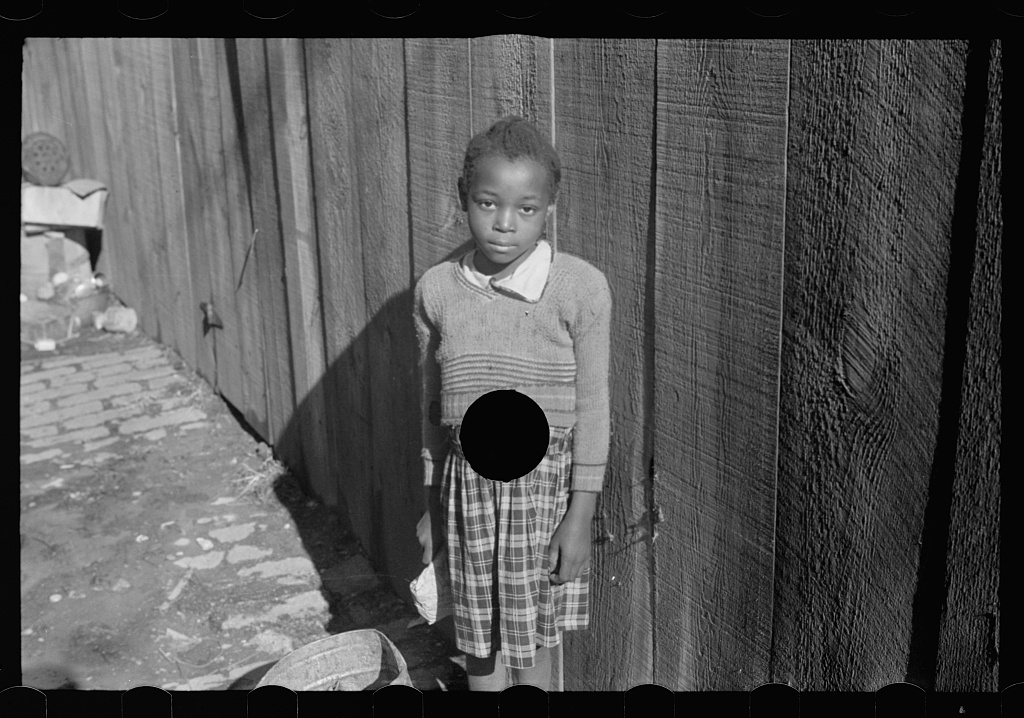
If you were totally wrapped up in this engrossing alternative face of the Great Depression, let us know your family stories about the time in the comments below.
Don’t forget to SHARE for anyone interested in the history of this amazing, intrepid country!



